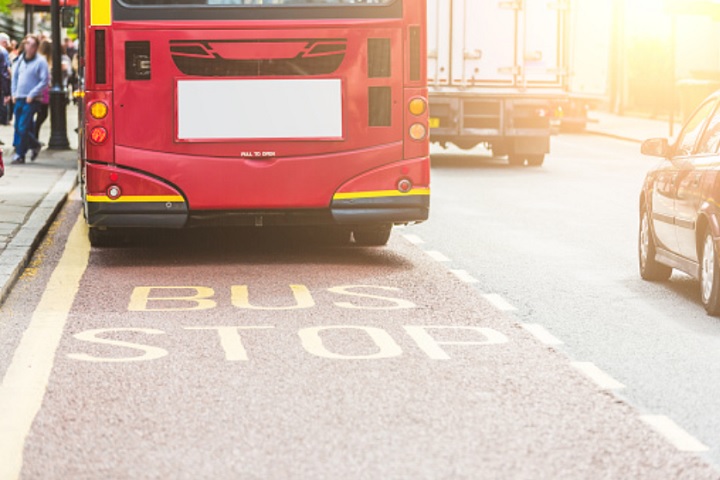
Image: Living Streets
A new two-year project will aim to ensure any future changes to street design, to incorporate new active travel infrastructure, is done in an inclusive way.
The project will be carried out by Living Streets, thanks to funding from Transport Scotland and the DfT.
Across the country, streets are changing to make walking, wheeling and cycling safer – particularly in light of the Covid-19 pandemic.
Living Streets says in the past, new aspects of street design, such as bus stop bypasses and continuous footways, have been a concern for certain groups.
The research project will see the charity work with highway authorities, pedestrians, cyclists, drivers, disabled people and the organisations that represent them.
It will consider how well existing guidance works for different road users and provide advice on where it can be strengthened to help meet everyone’s needs.
Stuart Hay, director of Living Streets Scotland said: “We are delighted to embark on this research into modern street design.
“This funding will allow us to look at how these measures work in practice and how they can be improved in terms of the safety, accessibility and comfort for everyone.
“We want to capture the experiences of older and disabled people using this type of infrastructure and think creatively about how streets should be adapted in the future.”
One of the organisations involved in the project is the Mobility and Access Committee Scotland (MACs).
Susan Fulton said: “MACs are aware of the concerns that changes to streets do not always reflect the specific needs of disabled people.
“Therefore, the committee is pleased to be involved in an initiative that will explore design challenges of making everyone – irrespective of age, ability or gender feel safe, confident, and included when changes to streets take place.
“There are challenges in ensuring disabled people feel safe when interacting with cars and bikes, which needs to be carefully explored and understood. New street designs need to evolve based on the experiences and feedback of as many street users as possible, including disabled people.”
Comment on this story